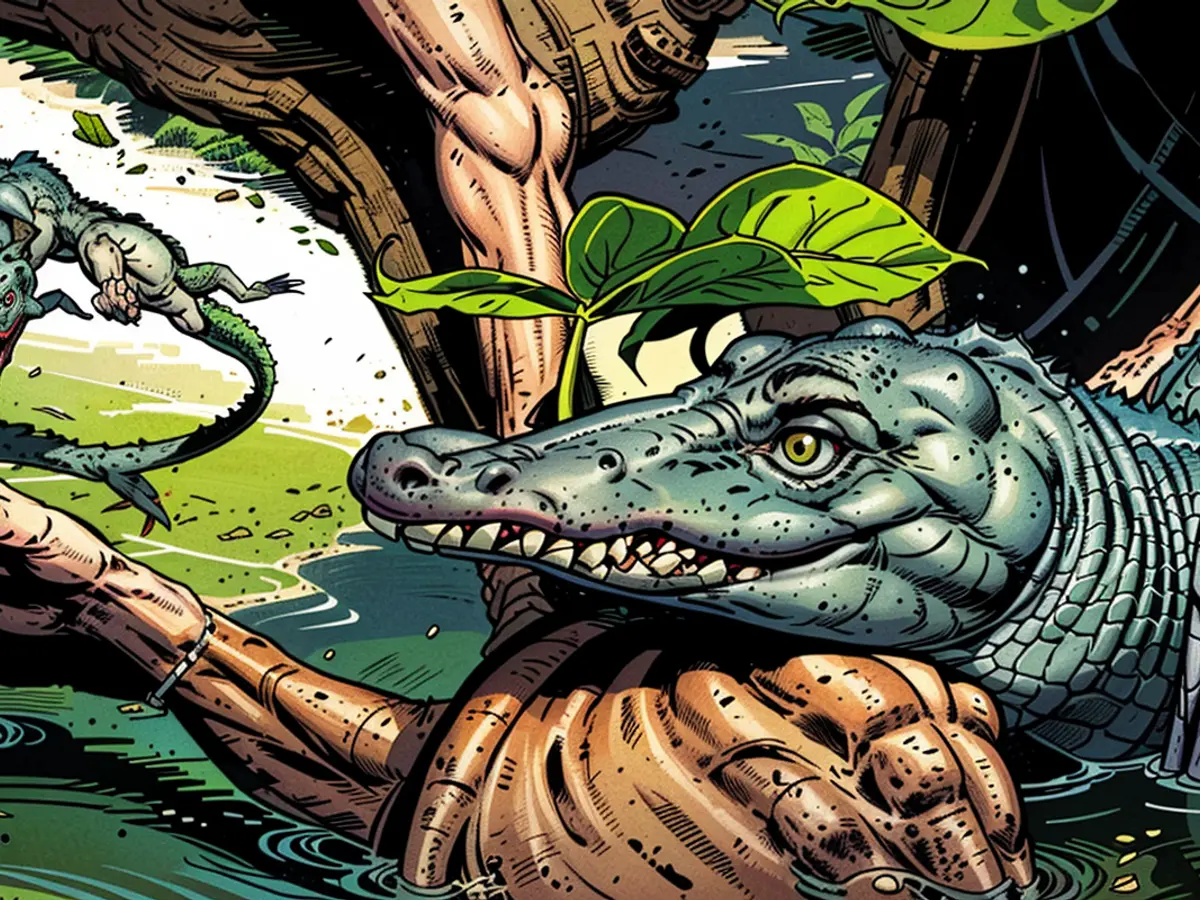- The Progeny of Philippine Crocodiles at the Cologne Zoo
At Cologne Zoo, there's a new addition to the critically endangered Philippine crocodiles. Between mid-July, early and late, three little ones popped out, as the zoo announced. You can now spot them with their mom in the nesting area of the crocodile enclosure.
In Germany, just two adult Philippine crocodiles make their home - Pinoy and Mindo, the pair at Cologne Zoo. In late December, keepers managed to bring these usually segregated animals together for breeding purposes. This crocodile species, being solitary and sensitive to others outside the breeding season, is typically kept apart. On April 19, the female laid her eggs after a period of nest construction and meticulous care, as reported. The baby crocodile emerged first on July 8, followed by two more by the end of the month.
Shock during hatching
A minor shock during the hatching of the first one: The mother carried the newborn, along with the shell, into the water to help it break free. This peculiar behavior, known as mouth transport, was unknown in the wild, according to the zoo.
The newborn hatchlings represent Cologne Zoo's third successful natural breeding of crocodiles within the city. This means the young crocodiles can grow up with their mother, well-adjusted for reintroduction into the wild. The zoo plans to return the three hatchlings, like their predecessors, to the Philippines. At around 1.5 to 2 years old, they are scheduled for reintroduction into the West Pacific country to contribute to boosting local populations.
The Philippine crocodile is a medium-sized species native to the Philippines, outside of zoos. With fewer than 100 individuals in the wild, it is one of the world's rarest crocodile species, as per the Cologne Zoo. Therefore, it's listed as "critically endangered" on the IUCN Red List.
Animal care workers at the zoo closely monitored the mother and the hatchlings, providing necessary care to ensure their well-being. The team of animal care workers developed a specialized plan to acclimate the hatchlings to their new environment before they are eventually reintroduced into the wild.








